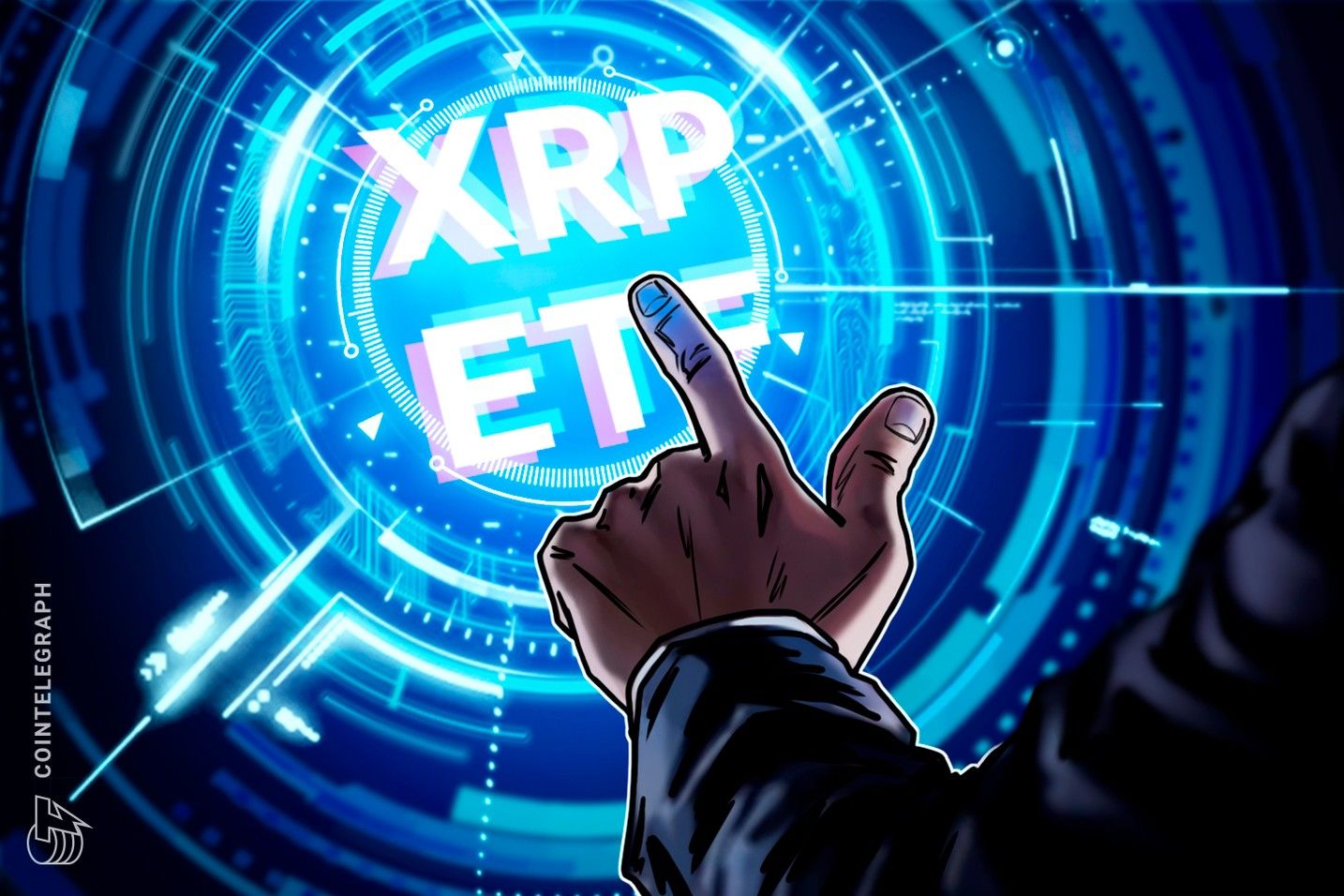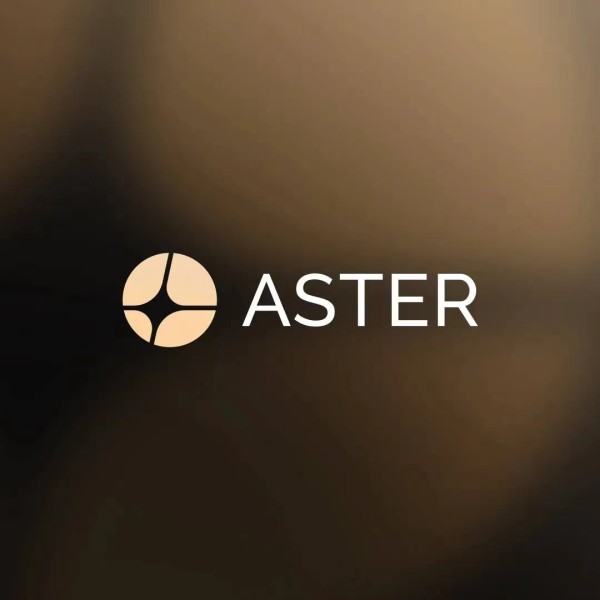Avail aims to revolutionize blockchain with a universal unification layer
Blockchains scaled—and then splintered. Liquidity scattered across L2s, bridges kept breaking, and “data availability” turned into the new bottleneck. Avail wants to solve all three at once. Founded to deliver verifiable, scalable data availability, the project now positions itself as a full-stack unification layer: a DA base, Nexus for proof-based interoperability, and Fusion for shared security that can restake ETH, BTC, and rollup tokens. The thesis is simple but ambitious: developers should build once and scale everywhere; users shouldn’t have to think about chains at all.
In this CryptoSlate Q&A, Avail co-founder Anurag Arjun walks us through how that thesis is moving from roadmap to reality. We start with a real-world stress test: Sophon’s $60 million node sale, which extended Avail’s light client to production scale and hinted at new, verifiable fundraising primitives for app-specific chains. From there, we dig into EnigmaDA—encrypted data availability designed to meet institutional privacy mandates without re-introducing trusted intermediaries—along with how banks and TradFi pilots can reconcile encryption, key management, and auditability on-chain.
Interoperability is the other pillar. Rather than another bridge, Nexus promises “one SDK, nine chains, no network switching,” aiming to route flows across multichain stablecoin and DeFi liquidity while minimizing replay and quorum risks with TEE and ZK verification. On the user side, Avail’s light client targets <1 MB/s bandwidth and runs on phones and browsers via data-availability sampling and validity proofs—pushing “a full node in your pocket” toward emerging markets.
We also explore the speed-vs-decentralization trade-offs behind TurboDA’s 250 ms pre-confirmations and the team’s “infinity blocks” research goal of 10 GB blocks in ~600 ms; the validator-set growth path from 105 validators and a Nakamoto coefficient of 34; and what Avail is learning from flagship deployments like Lens Chain (650k profiles) and Sophon. With 50+ integrations in the queue, Arjun outlines how Avail triages partners for technical fit, ecosystem value, and compliance—plus how community growth (600k+ members in year one) is anchored in builder activity rather than vanity metrics.
If Avail is right, the next phase of crypto won’t be “L2 vs. L2” but app-centric rollups speaking a common, proof-based language—privacy-aware when needed, credibly neutral by design, and finally usable at internet scale. Read on for the full conversation.
The post Avail aims to revolutionize blockchain with a universal unification layer appeared first on CryptoSlate.
Disclaimer: The content of this article solely reflects the author's opinion and does not represent the platform in any capacity. This article is not intended to serve as a reference for making investment decisions.
You may also like
Young Bitcoin holders panic sell 148K BTC as analysts call for sub-$90K BTC bottom

Rare Bitcoin futures signal could catch traders off-guard: Is a bottom forming?

XRP traders hope fresh wave of ETF launches will restore the bull trend

Aster announces a $10 million trading competition, combined with Stage 4 airdrop and Rocket Launch incentives, driving multi-layered growth in platform depth and liquidity.
After achieving strong performance in Stage 3, Stage 4 (Harvest) airdrop plan was launched, and the “Double Harvest” trading competition with a total reward of 10 million USD will be introduced on November 17.

